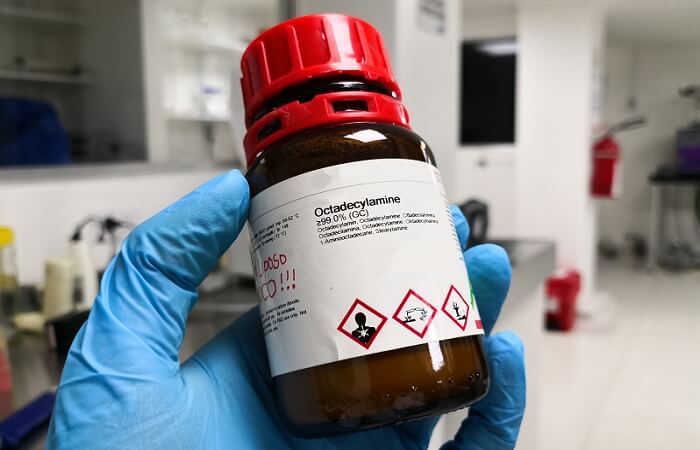Chemical Management: Let your Voice Be Heard
Public comment period closes soon for OSHA's proposed GHS Rev 7 updates to HazCom.
Public comment period closes soon for OSHA's proposed GHS Rev 7 updates to HazCom.

In February, OSHA published a long-awaited notice of proposed rulemaking (NPRM) to update its Hazard Communication Standard (HazCom). The update is being made to align with Revision 7 of the UN’s Globally Harmonized System of Classification and Labelling of Chemicals (GHS). The NPRM is currently open for public comment, but only through May 19, 2021.
The NPRM identifies some of the major industries likely to be affected by the proposed changes. These include:
If your business is potentially impacted by changes to the HazCom Standard, take some time to review the proposed updates and consider submitting comment to OSHA. Your comments can help OSHA refine the proposed updates in a way that reflects the needs and feedback of stakeholders.
What Changes are Being Proposed?
There have been some significant changes to the GHS since OSHA aligned the HazCom Standard with Revision 3 back in 2012. Some of the most significant updates in the NPRM include:
Timeline for Transition to New Requirements
Similar to implementation of HazCom 2012 updates, OSHA is proposing a phased implementation of the proposed changes. This time around, OSHA is proposing a two-year transition period with revisions to become effective 60 days after the publication of the final rule. Manufacturers, importers, distributors and employers evaluating hazards of individual substances will be required to comply with all modified provisions no later than one year after the effective date, and those evaluating mixtures will need to comply with all modified provisions within two years of the effective date. OSHA will most likely not issue a final rule until late in 2021 at the earliest.
The Big-Takeaways
The NPRM represents the first significant updates to HazCom since 2012. With modifications to existing hazard classifications and the addition of new hazard classes, manufacturers and importers of chemicals will need to re-evaluate the hazards of the products they produce or import to ensure they are classified and communicated according to the new requirements.
This means many SDSs and shipped container labels will need to be updated, affecting not only upstream suppliers but also downstream users (employers) on the receiving end of the revised hazard information. Employers will want to make sure they’re prepared to manage the influx of updated SDSs entering their workplace, and potentially revise their written HazCom Plans to account for any changes to processes for managing labels and SDSs, and any changes to their hazardous chemical inventories due to revised chemical hazard classifications. Employers may also need to revise their HazCom training programs if these regulatory changes impact the hazard information for chemicals in their inventory. Employers may also need to review labeling of secondary and small containers to ensure it meets requirements.
No matter where you are in the chemical supply chain, it’s important to be aware of what’s changing with HazCom. Don’t forget to submit your questions or concerns to OSHA before May 19, 2021 — your input can really make a difference!
By staying on top of what’s happening with the regulation and having the right tools in place, you and your workforce can manage the transition with relative ease.
With a century-long legacy, the National Safety Council is a global center for safety expertise. Let's work together to align resources. We look forward to learning about ways we can join efforts to expand safety everywhere!
There are no items in your cart